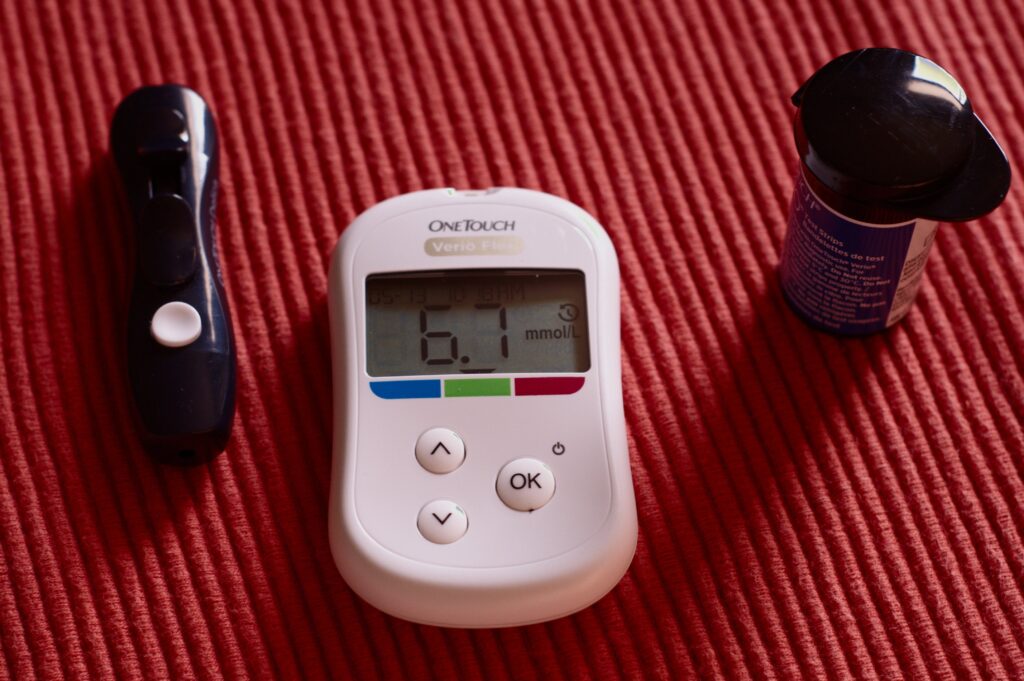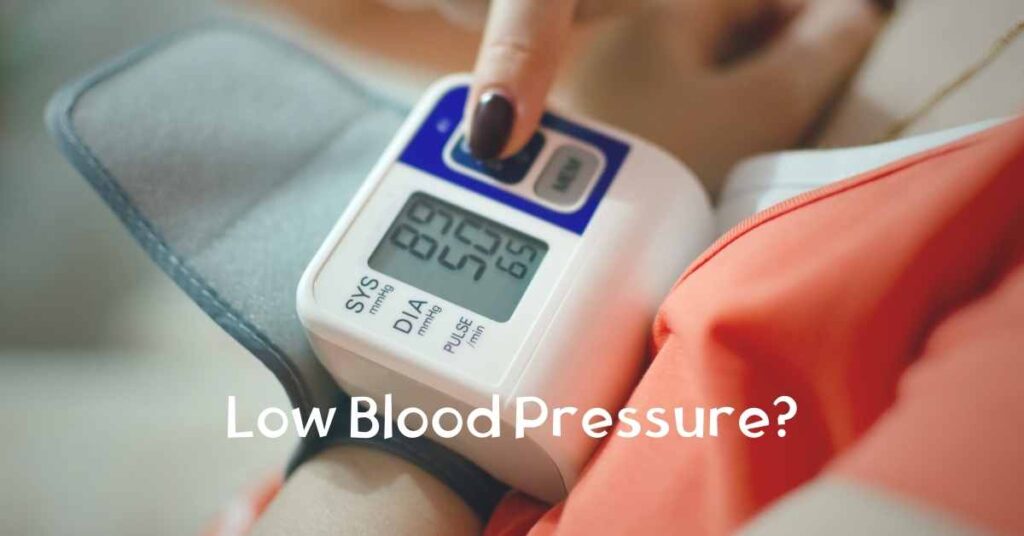Cold injury is of particular concern, especially in the winter seasons. Cold injury occurs when core body temperature falls much below compared to the normal body temperature.
Cold Injury Types
Cold injury is of two types-
- Hypothermia
- Peripheral cold injuries
The basic difference between hypothermia and peripheral cold injuries is – In hypothermia there is whole body cooling, but peripheral cold injuries are localized to the extremities and exposed skin.
Hypothermia is also categorized as
- Mild hypothermia- In mild hypothermia, the core body temperature is in between 33 ℃ to 35 ℃.
- Moderate hypothermia- In moderate hypothermia, the core body temperature is in between 27 ℃ to 32 ℃.
- Profound hypothermia- In profound hypothermia, the core body temperature is below 27℃.
Peripheral cold injuries are categorized as
- Freezing (frostbite)
- Non freezing (chilblain, trench foot)
Sometimes, hypothermia and peripheral cold injuries occur simultaneously. Treatment should be given as early as possible to lower the chances of life risk and subsequent damage of body.
Treatment priority should be given in moderate and profound hypothermia because more lower the core temperature of body is, more risks for permanent damage of the body. To save life, urgent rewarming must be started immediately.
Factors Causing Cold Injuries
There are various factors, health conditions, medicines, environmental factors that cause higher risk of getting cold injuries. One must be aware about these factors to lower the chances of getting cold injuries. Especially for those who experienced cold injuries, they should take prior precautions to avoid getting cold injuries further.
The factors that are associated with cold injuries are the following
Individual Factors
The individual factors that cause higher risk of getting cold injuries are
- Inadequate clothing and shelter- Clothing prevents our exposure to cold. More warmer the clothing is, more preventable the clothing to cold injuries. Similarly, warmer shelter also prevents exposure to cold as well as prevent chances to get cold injuries.
- Lean and low body fat- Body fat makes our body warm. Body fat is an insulating medium for cold, so more fatty a person is, more preventable to cold injuries due to the body fat. Thus, lean and low body fat causes higher risk to get cold injuries.
- Low physical fitness- Physical fitness makes us tolerant about changes, be it temperature change, or any other change. So, a physically fit person can tolerate cold injuries more than a person with low physical fitness.
- Prior exhaustive physical exercise- Prior exhaustive physical exercise before getting cold injuries is a risk factor to get cold injury. As the body is already in a exhaustive phase due to the strenuous exercise, the tolerance level of body to changes decreases, so chances of getting cold injury increases.
- Advanced age- Advanced age decreases our ability to cope with temperature changes. So, advanced age causes higher risk to get cold injuries.
- Young age- Young age people are also vulnerable to get cold injuries.
- Black race (men and women)- Research shows that tolerance level to cold is lower in black race people. So, they are more prone to get cold injuries.
Health Conditions
There are several underlying health conditions that cause lower tolerance level to cold. As a result, a person with underlying medical condition becomes more prone to cold injuries. The medical conditions that cause higher risk to get cold injuries are the following
- Burns
- Diabetes mellitus
- Hypoglycemia
- Nerve (neurologic) lesions
- Dementia
- Underactive adrenal gland, underactive pituitary gland, underactive thyroid gland
- Trauma
- Spinal cord injury
- Raynaud Phenomenon
- Prior frostbite or trench foot
- Sickle cell trait
Drugs
Drugs that cause higher risk to get cold injuries are the following
- Alcohol
- Anesthetics
- Antidepressants
- Antithyroid drugs
- Sedatives
- Narcotics
Environmental Factors
The following environmental factors play a big role and causes high risk to get cold injuries
- Cold temperatures – More lower the environmental temperature is, more chances to get cold injuries.
- High air motion – High motion of air, particularly the cool air causes high risk to get cold injuries.
- Rain and immersion- Rain and immersion are significant risk factor for cold injuries.
- Skin contact with metal and fuels- Skin contact with metal and fuels cause high risk to get cold in juries.
- Repeated cold exposure – Repeated cold exposure cause a person to get cold injuries as the tolerance of body to cold decreases.
- Physical fatigue – Physical fatigue decreases the tolerance to cold. So, the body becomes unable to prevent the cold injuries.
- Immobility – Immobility makes a person more prone to cold injuries. It is especially true when the person is in a cold environment and can not move alone to get the warm shelter.
- High altitude – High altitude is a risk factor to get cold injuries.
- Low oxygen-tension environment- When the oxygen tension of environment is low, body gets lower oxygen. So, hypoxia develops. As a result, the tolerance of our body to cold decreases. Thus, a person becomes prone to cold injuries.
Takeaway
Cold injury or hypothermia is of special concern as both of these are associated with significant morbidity and mortality. Due to the climate change, the cold injuries are increasing every year. If treatment not given immediately, it causes greater damage of the body and many times cause death. So it is very important to take prevention rather than trying for treatment.
Preventing cold injuries is better than seeking for treatment. Avoiding the factors of cold injuries mentioned above is highly helpful. If it is not possible to avoid all these factors, at least try to avoid as much factors as you can to lower the chances to get cold injuries. If by any means you get a cold injury, never delay to get the treatment. Immediate treatment can save the life. Stay healthy and happy.





